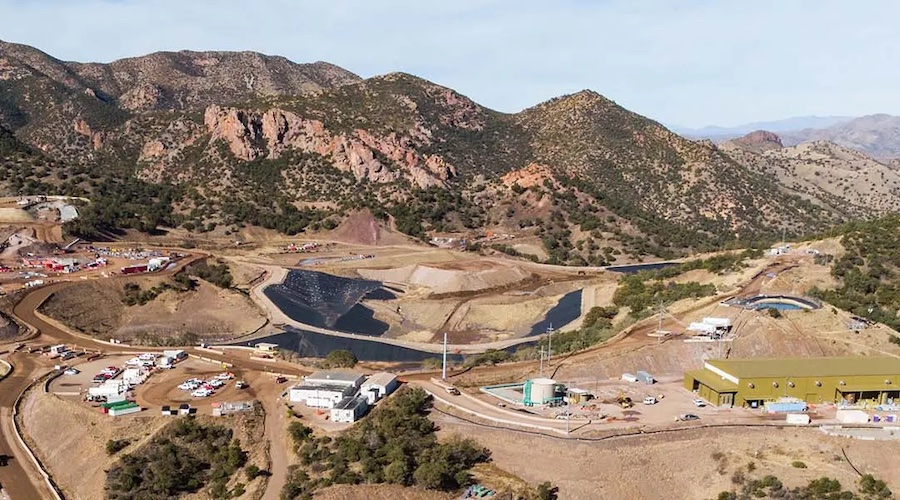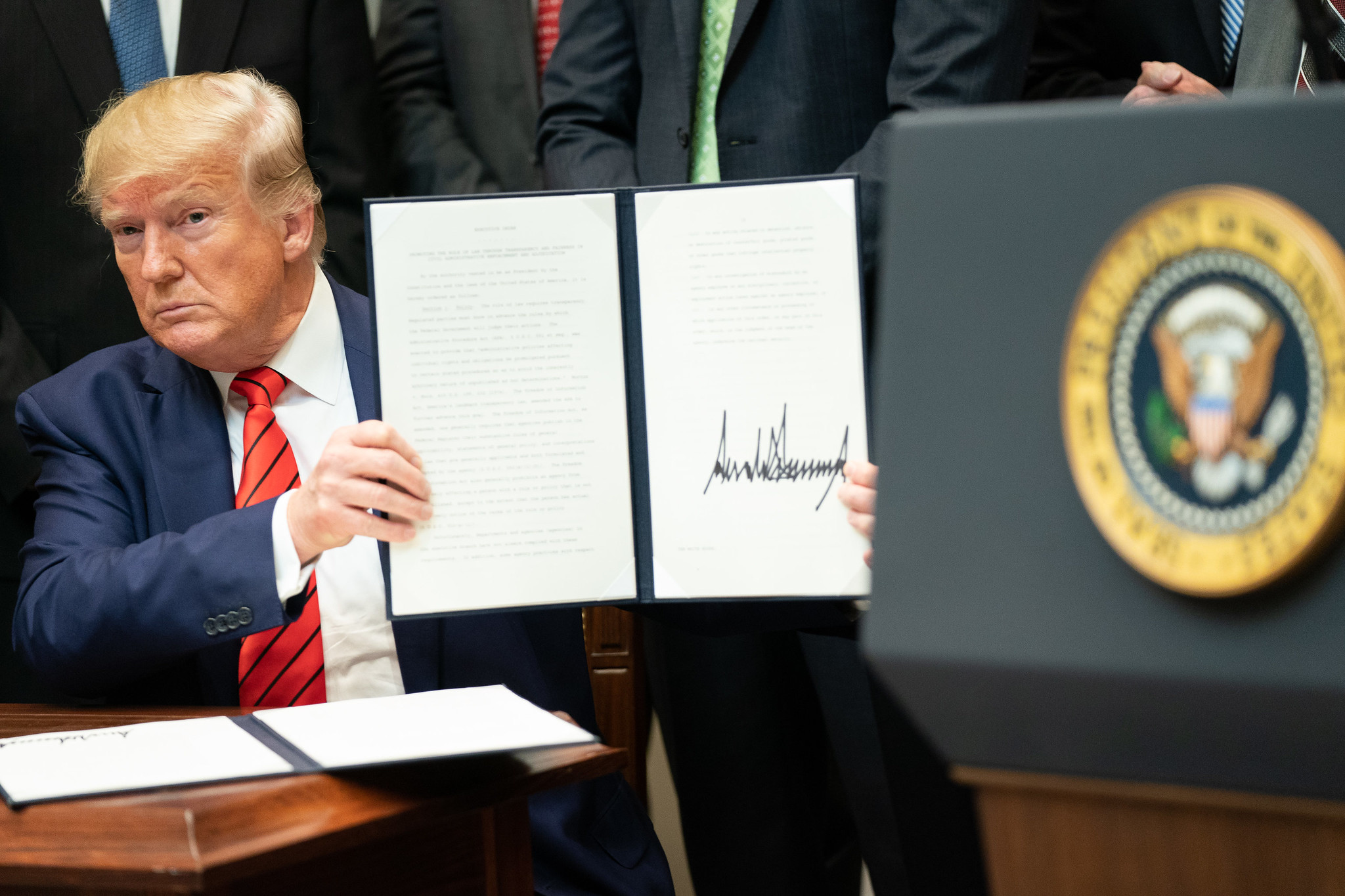Heavyweights shrug off October iron ore price crash, it’s all part of their strategy

Iron ore prices have turned around after crashing 30% in October, but longer term the outlook is not rosy thanks in large part to the aggressive go-to-market strategy of the big three.
BHP, Vale and Rio Tinto control nearly 70% of the 1 billion tonne annual iron ore seaborne trade and thanks to their economies of scale have been flooding the market by concentrating on building market share rather than maximizing prices. This way the giants drive high-cost producers out of the business and crowd out any new players who want to enter the space.
And their dominance is only set to increase. BHP and Rio’s production plans for the Pilbara region of Australia alone is a staggering 750 million Mtpa while current number one Vale is planning to start work on its biggest project to date next year – the Serra Sul iron ore mine alone will add 90 million Mtpa to the Brazilian company’s current 310 million tonnes capacity.
Many analysts believe that while prices were likely to rebound to around $140/tonne by year-end from the $130/tonne now, they do not expect prices to return to the previous highs above $180 seen just two months ago. During October 62% iron ore fell $60 to a low of $115/tonne. At $140/tonne prices are still more than double what they were during the 2008 financial crisis.
Not everyone agrees that BHP Billiton, Vale and Rio Tinto will be able to keep their grip on the market. Reuters quotes Graeme Hossie, chief executive of London Mining: “It is well understood in the industry that there is a need for new entrants, and certainly China wants new entrants – they want alternatives to the large guys.”
Australia’s Fortescue Metals is an example of China nurturing new entrants. Barely four year after starting commercial mining the China-backed company is already exporting 40 million tonnes and wants to increase this sixfold.
It’s not as if the giants agree on any kind of strategy: Reuters reported last week Rio Tinto last week blamed softening prices on more spot sales by the larger Vale of Brazil into the Chinese spot market to compensate for waning sales in Europe. Vale has dismissed the claim, saying prices were falling because of a production increase in Australia and changes in Chinese credit policy.
MINING.com reported at the end of September on BHP Billiton’s plans to increase its production in the Pilbara region – the heart of Australia’s iron ore mining – to 450 million tonnes a year by adding infrastructure and building new mines. BHP’s current iron-ore production capacity is 155 million tonnes a year in the Pilbara, while rival Rio Tinto’s capacity is 225 million tonnes a year. Rio Tinto announced earlier in the month that it wants to grow output to 333 million tonnes by 2015.
More News
South32 breaks ground on remote operating center at Hermosa project in Arizona
April 24, 2025 | 04:20 pm
{{ commodity.name }}
{{ post.title }}
{{ post.date }}



4 Comments
Utopian_75
Big royalties for them expanding in Australia … best to expand in Canada and the Labrador Trough !
Alaiza
Looking for Magentite and copper Mines in Australia to buy or joint (take over 50% of share) if reliable. Please address to alaiza2@internode.on.net for further studying. Regards Alan Izadfar Alaiza Trading
Asrica2010
What a load of business school MBA 101 strategy nonsense…….”BHP, Vale and Rio Tinto control nearly 70% of the 1 billion tonne annual iron ore seaborne trade and thanks to their economies of scale have been flooding the market by concentrating on building market share rather than maximizing prices. This way the giants drive high-cost producers out of the business and crowd out any new players who want to enter the space”…..The big guys really couldn’t care less about new entrants, they couldn’t even list them if asked. They are simply about maximising short term profits in any way they can and are way too large to worry about the minnows and new entrants. Their expansion plans will be scaled back, not because of pricing but because they simply don’t have the resources (human, technical etc) to fulfill. Their own engineering consultants and other service providers are laughing at them however they’re still happy to take massive consulting fees to provide the services. We’re right in the middle of this in iron ore and the big guys couldn’t care less about “crowding” us out or putting us out of business.
Frank T London
Vale, BHP and Rio have all been linked to buying African Minerals, why? There must be money there, future growth in Africa and Asia